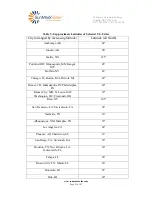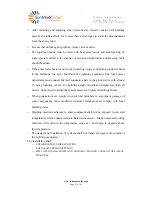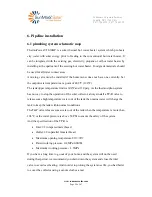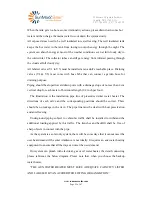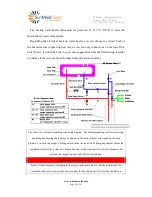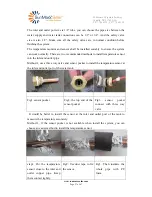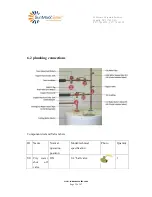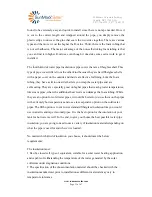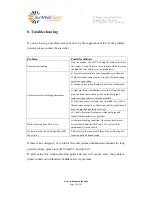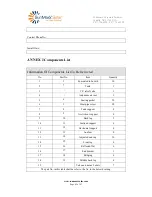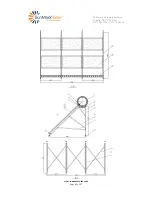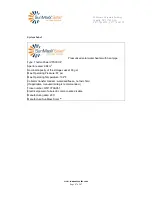
56 Broome Corporate Parkway
Conklin, NY 13748 USA
P 877.786.6299 | F 877.786.0329
www.sunmaxxsolar.com
Page 35 of 47
found to be extremely easy and quick to install since there is no tape needed. Once it
is cut to the correct length and wrapped around the pipe, you simply remove the
plastic strips to uncover the glue that seals the two sides together. There are various
types and the more it cost the higher the R-value. Third, there is the foam tubing that
is not self-adhesive. The major advantage of the non-self-sticking foam tubing is that
you can find it in higher R-values, even though it does take some extra work to get it
installed.
The fourth kind of water pipe insulation is pipe covers that are a fiberglass shell. This
type of pipe cover differs from the other kind because they are hard fiberglass shells
with a paper cover on the outside and inside a reflective foil lining. Like the foam
tubing, they have a slit in one side that lets you wrap the water pipe and are
self-sealing. They are especially good on higher pipes that reach greater temperatures,
like steam pipes, where the additional heat levels can damage the foam tubing. While
they are an option for cold water pipes, it would be better to just use them on the pipes
with extremely hot temperatures and use a less expensive option on the cold water
pipes. The fifth option is to cut to size standard fiberglass insulation like you would
use in an attic and tape it around pipes. It is the best option for the insulation of your
tank for hot water as well. In the end, to give your home the best possible water pipe
insulation, you are going to need to use a variety of insulation materials depending on
what the pipe is used for and where it is located.
No matter which kind of insulation you choose, it should meet the below
requirements:
The insulation must:
1 Be of a closed cell type or equivalent, suitable for a solar water heating application
and capable of withstanding the temperature of the water generated by the solar
collectors under stagnation conditions.
2 The specification of the chosen insulation material should be checked with the
insulation manufacturer prior to installation as different materials may vary in
temperature tolerance.

